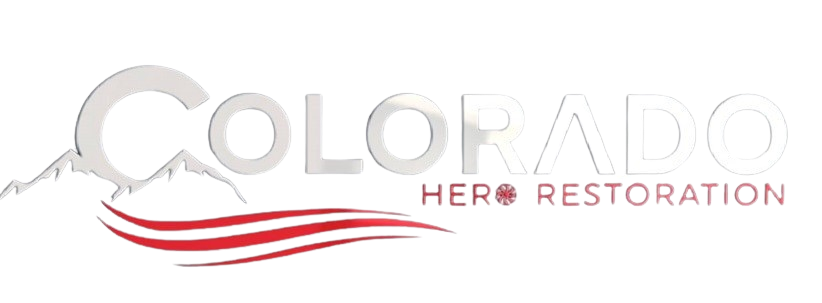Fire damage can be devastating, but with the right approach and professional help, your property can be restored to its original condition. Here’s a step-by-step guide to fire damage restoration:
1. Ensure Safety First
- Assessment: Before entering the property, ensure it is safe. Fire can compromise the structural integrity of a building.
- Protective Gear: Wear protective gear such as gloves, masks, and safety glasses to protect yourself from hazards.
2. Contact a Professional Restoration Company
- Emergency Services: Call a professional fire damage restoration company immediately. They provide emergency services to secure the property and prevent further damage.
- Insurance Coordination: Many restoration companies work directly with insurance companies, easing the claims process.
3. Initial Inspection and Assessment
- Damage Assessment: The restoration team will conduct a thorough inspection to assess the extent of the damage.
- Plan of Action: Based on the assessment, a detailed plan of action is developed, outlining the steps needed to restore the property.
4. Board-Up and Roof-Tarp Services
- Securing the Property: To prevent further damage from weather or vandalism, restoration professionals will board up missing windows and walls and place tarps on damaged roofs.
5. Water Removal and Drying
- Water Extraction: If firefighting efforts involved water, the next step is to remove the water using pumps and vacuums.
- Drying and Dehumidification: Industrial-grade dehumidifiers and air movers are used to dry out the structure and prevent mold growth.
6. Smoke and Soot Removal
- Cleaning: Professionals use specialized equipment and techniques to remove smoke and soot from walls, ceilings, and other surfaces.
- Air Purification: Air scrubbers and fogging equipment may be used to improve air quality and remove smoke odor.
7. Cleaning and Sanitizing
- Contents Cleaning: Personal belongings and furniture are cleaned and sanitized. This may include dry cleaning, wet cleaning, and foam cleaning.
- Antimicrobial Treatments: Surfaces are treated with antimicrobial treatments to prevent mold and bacteria growth.
8. Repair and Restoration
- Minor Repairs: This includes tasks such as replacing drywall, painting, and installing new carpet.
- Major Repairs: Structural repairs may include rebuilding rooms, roofs, or entire sections of the property.
- Restoration: Restoring the property to its pre-fire condition, including aesthetic and functional aspects.
9. Final Inspection
- Quality Check: A final inspection ensures that all restoration work meets industry standards and the client’s satisfaction.
- Customer Walk-Through: The restoration team will walk through the property with the owner to ensure complete satisfaction with the work done.
Conclusion
Fire damage restoration is a complex process that requires professional expertise. By following these steps and working with a reputable restoration company, you can ensure that your property is restored quickly and efficiently, minimizing further damage and ensuring safety.
For more detailed information and assistance, consider reaching out to Colorado Hero Restoration. Our experienced team is ready to help you through every step of the restoration process. Contact us today to get started on restoring your property to its original condition.
